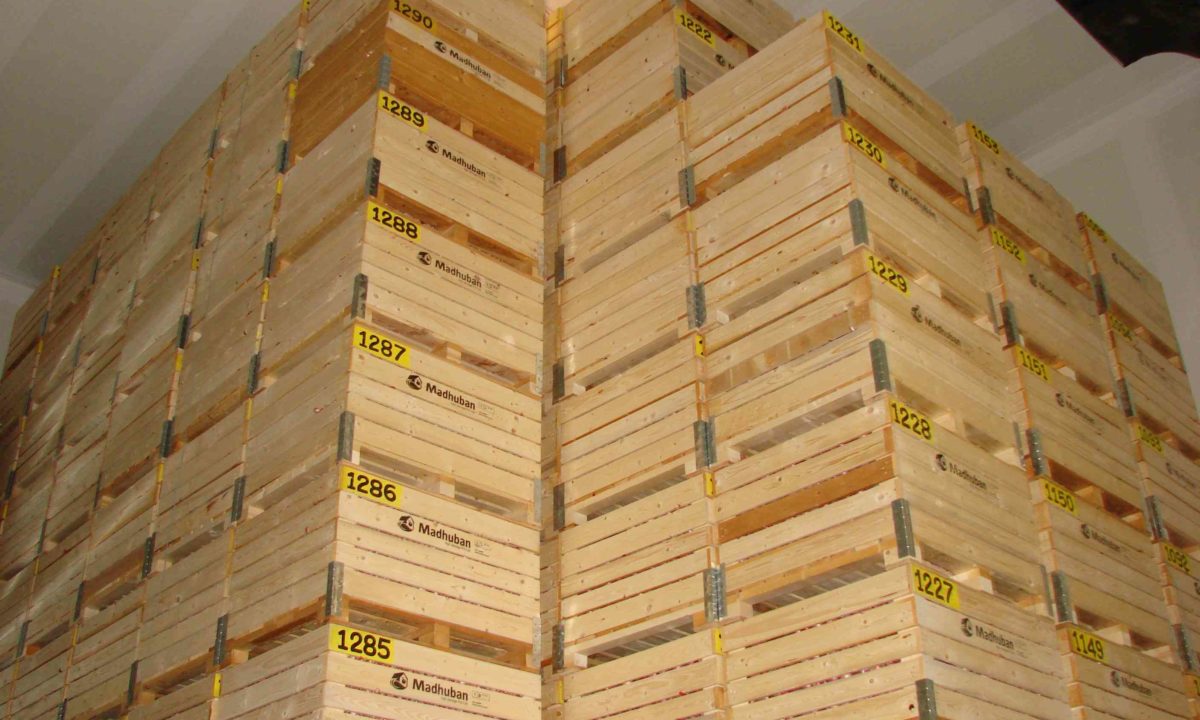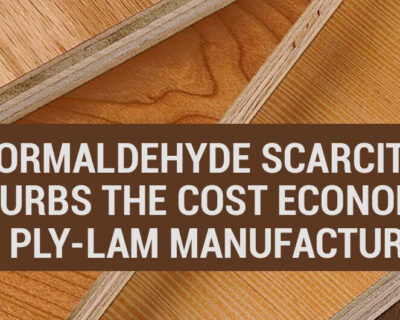
HANDLING & STORAGE
The plywood needs to be proper handling and storage and protection. From the elements as much as possible to extend its service life:
The storage area, in particular, should protect from the sun & rain. That could cause any rapid changes in temperature & humidity. To avoid staining & surface checking, the plywood sheets should not expose to the weather while awaiting usage.
During storage, support for the panel sheets should provide at both ends. Along with support at 600mm wide intermediate centers to avoid distortion of ply. The plywood stacks should stack flat on its face and not on its edge. Additionally, the stack should keep in dry conditions and clear of ground contact to avoid Termite Infestation.
PROTECTING PLYWOOD
Plywood may get subjected to decay or termite attack. Specifically, in-ground applications run a high risk of causing both decay conditions and termite attacks. For plywood sheets that expose to the weather, it’s essential to treat it. With the necessary preservatives against fungal attack (rot), either painted or unpainted. Termite Infestation is not a problem for plywood when used in above-ground applications.
Plywood can treat through either Veneer Impregnation, prior to pressing OR Preservative treatment after manufacture(Envelope Treatment).
Lastly, but most importantly, Plywood is originally made from wood and therefore is susceptible to respond to elements as wood does. We highly recommend avoiding water contact with plywood at all times to protect against any adhesive breakdown, wood swelling or bending responses. Unless plywood is of Marine Grade (IS – 710), it is susceptible to react negatively on contact with water.
WORKABILITY – CUTTING HOLES & NOTCHES
Regular plywood sheets can cut, sawn, and drilled using any ordinary carpenter’s tools or woodworking tools.
The placement of screw holes or nailing in particular plywood elements should restrict in size and location in order to maintain the structural integrity of the plywood panel. A minimum of a 3-inch gap should provide between two holes or between the screw hole and the edge.
Since Plywood handling and storageare base on timber, it has the same practical workability attributes as solid structural timber with the added advantage of its flexibility. Bending or molding plywood is relatively easy. Manufacture from plywood panels are generally very stable, however occasionally, warping, bowing or twisting can occur due to unsupervised handling s1uch as moisture imbalances, unbalanced laminates, paint coats or unbalanced stresses.
FINISHES
Expose surfaces of plywood handling and storage must be surface finish to prevent surface checking or cracking. These problems generally occur due to absorption or loss of moisture through the face veneer. But structural plywood uses internally does not necessarily require a surface finish.
Lastly, but most importantly, Plywood is originally made from wood and therefore is susceptible to respond to elements as wood does. We highly recommend avoiding water contact with plywood at all times to protect against any adhesive breakdown, wood swelling or bending responses. Unless plywood is of Marine Grade (IS – 710), it is susceptible to react negatively on contact with water.
Exterior Plywood
Exterior Grade Plywoodused for exterior applications may finish by either of the following ways :
Painting
Coating with water repellents
Overlaying with medium density phenolic impregnated papers.
Please Note: While not necessary, it advises to edge seal plywood post any cuts or sawing as it minimizes moisture uptake. For best paint performance, use 100% acrylic latex paint systems on plywood. Oil-based or alkyd enamel paint systems are not recommended for usage in weather-exposed applications of plywood.
Interior Plywood
In the case of Interior Grade Plywood, Clear finishing, French polishing, staining and painting of plywood are all viable options. [Paint manufacturer’s directions are strictly advised.]
Before initiating any finish work please ensure that the plywood is dry (below 12 – 15% moisture content). And that the surface of the ply panel to paint is clean, smooth and wax-free. We recommend satin or matt finishes and paint finishes on interior grade plywood. As they lend a high quality aesthetically pleasing surface which is more uniform with a timber’s characteristics. We advise against using high gloss finishes and paints as they would highlight beat marks from sanding, knots, grain variations, patches or even open defects.





